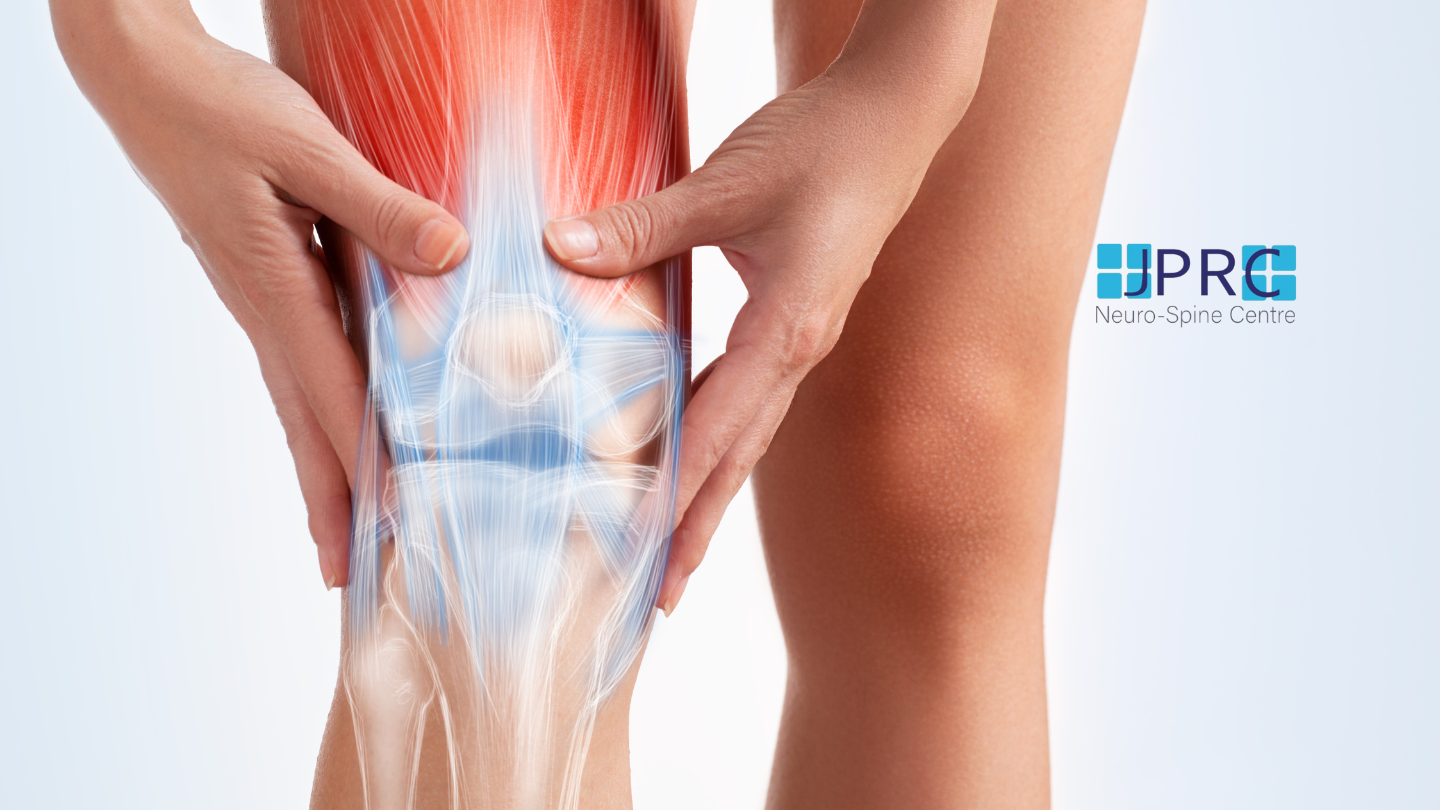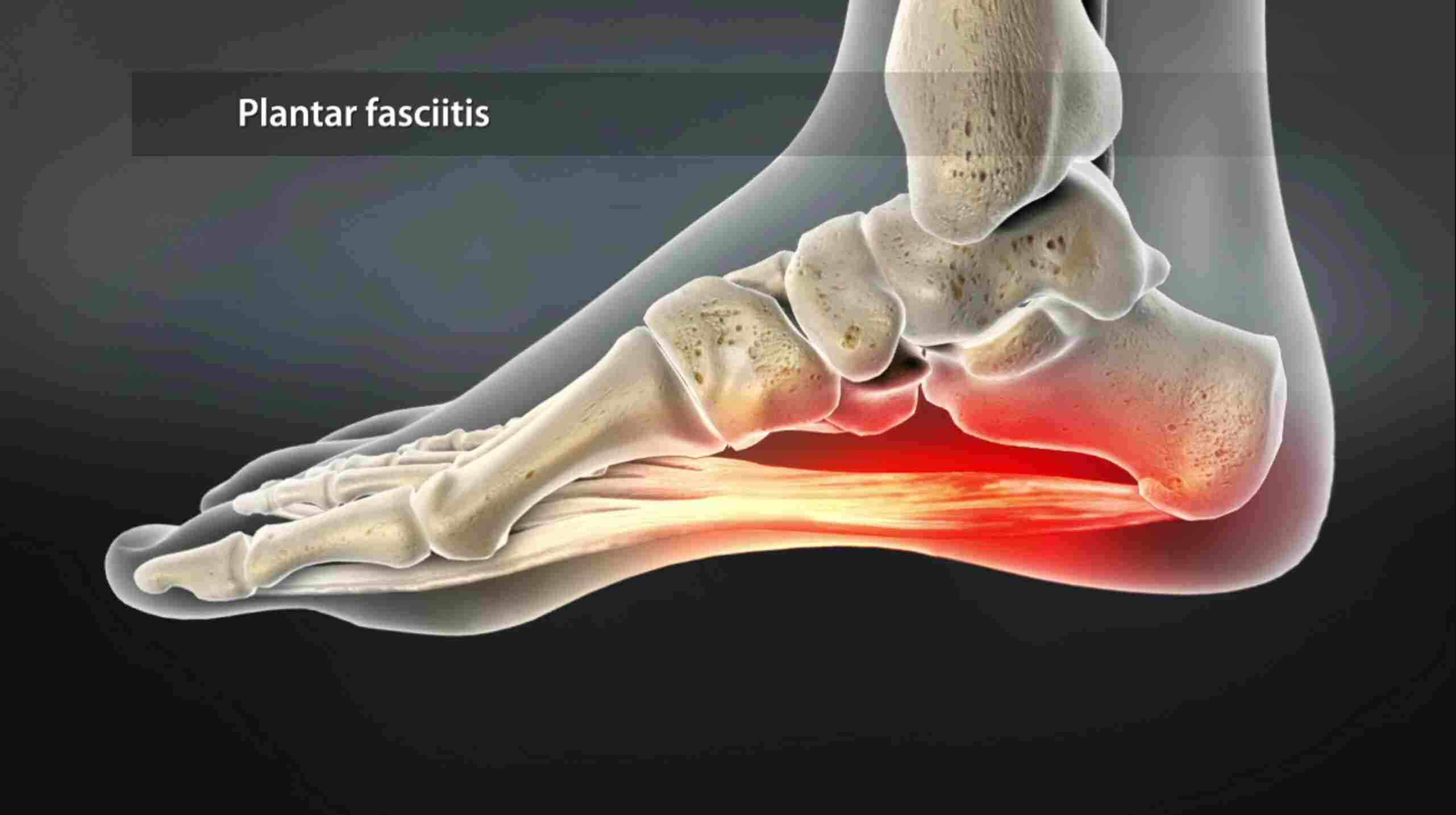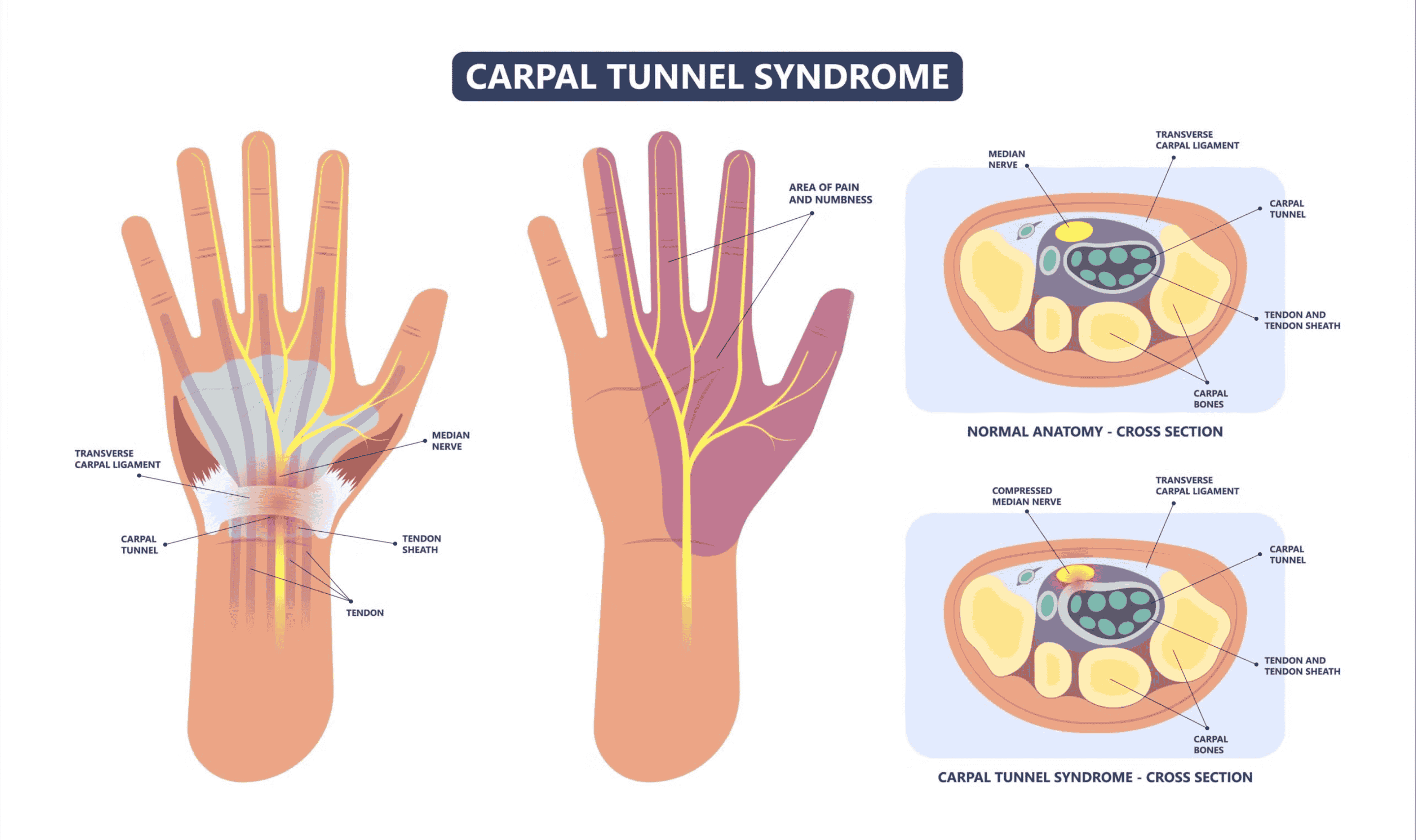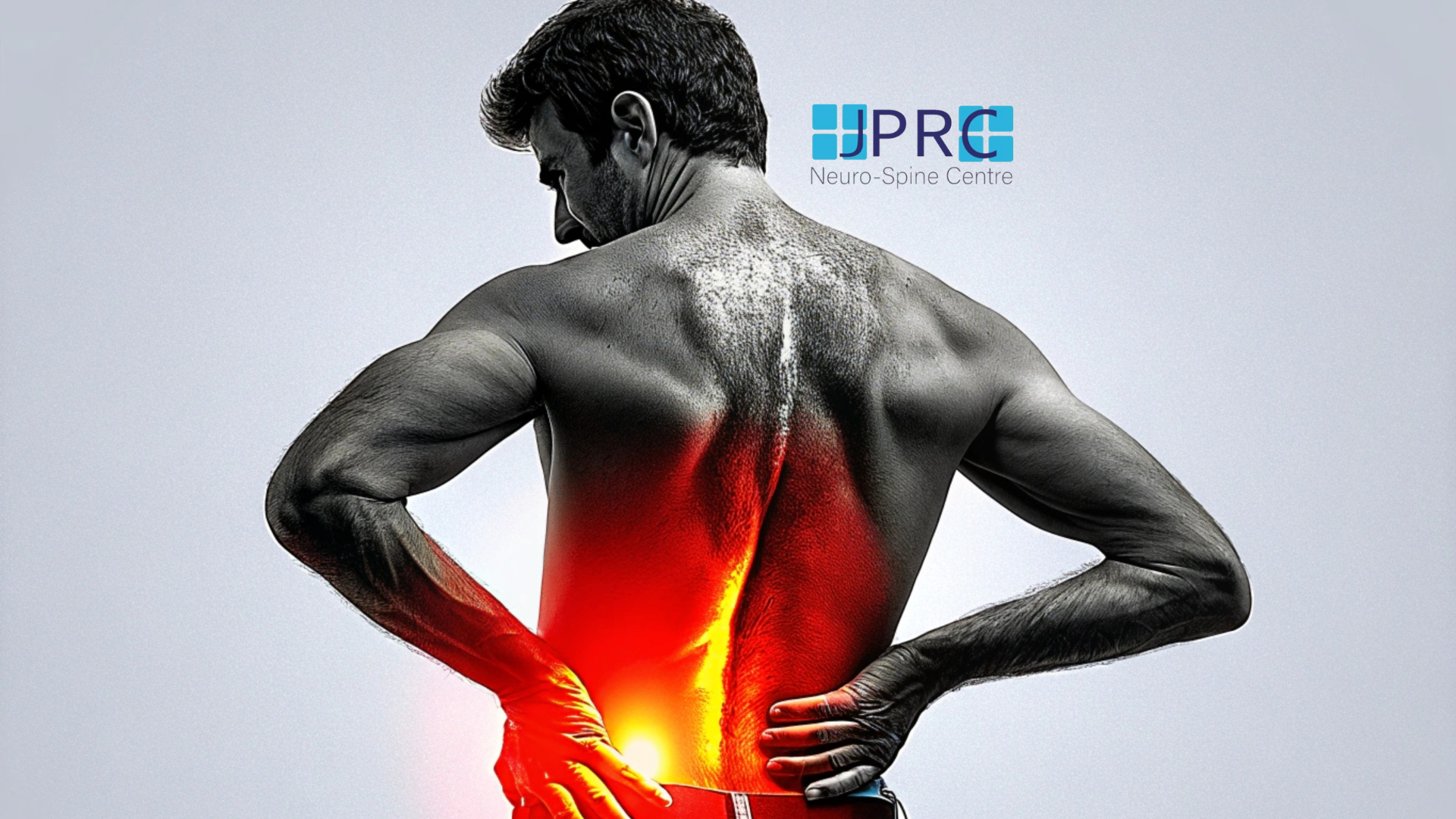Thoracic Outlet Syndrome
Neurogenic thoracic outlet syndrome: This condition is related to abnormalities of bony and soft tissue in the lower neck region (which may include the cervical rib area) that compress and irritate the nerves of the brachial plexus, the complex of nerves that supply motor (movement) and sensory (feeling) function to the arm and hand.
Symptoms include weakness or numbness of the hand; decreased size of hand muscles, which usually occurs on one side of the body; and/or pain, tingling, prickling, numbness and weakness of the neck, chest, and arms.
Symptoms
-
Arterial thoracic outlet syndrome:
Symptoms include cold sensations in the hands and fingers; Numbness, pain, or soreness of the fingers; And blood circulation in the arms, hands, and fingers are very low.
-
Venous thoracic outlet syndrome:
This condition is caused by damage to the central veins in the lower neck and upper chest. The situation develops abruptly, often after the unusual and tedious practice of weapons. Symptoms include swelling of the hands, fingers, and ar, and heaviness and weakness of the wounds and arms.
And characteristic symptoms include weakness or numbness of arm, forearm and hand are, usually affected one side of the limb, with the presentation of tingling, paresthesia, claudication, pin pricking, numbness, or weakness of the neck, chest region or arms.
Cause
The cause of this contraction is not always known. However, it will develop as a result of the following conditions:
-
People who do not stand up straight or excess belly fat may have increased pressure on their joints. It can compress the bust outlet.
-
Repetitive activities, such as working on a computer or lifting heavy objects over the head, can damage the tissues at the outlet of the chest. Over time, the size of the thoracic outlet may shrink, putting pressure on the thorax and nerves.
-
This condition, because of abnormality in bony and soft tissue in the lower neck area, which includes the cervical rib zone, compresses the whole complex of nerves as supply to sensory and motor functions of arm and hand.
Diagnosis
-
Your doctor will first perform a physical examination and review your symptoms and treatment history. During the test, your doctor may call it a "provocative test" to assess your condition.
-
An X-ray of the chest outlet can reveal if you have extra ribs. It can also avoid other conditions that can cause your other symptoms.
-
An MRI uses strong magnetic and radio waves to create clear, detailed images of the thoracic outlet. They may also show some structural abnormalities that may be the cause of your symptoms.
-
Electromyography lets your doctor see how well the muscles and nerves in the thoracic outlet are working. During this test procedure, an electrode is inserted through your skin into muscles. It assesses the electrical activity of your muscles during rest and when contracted.
Treatment
-
Treatment of thoracic outlet syndrome usually will start with the use of medications to help ease your symptoms. Medications such as naproxen or ibuprofen can be used to reduce inflammation and pain.
-
Physical therapy is also recommended to help strengthen. This muscle strengthening will improve your posture as well as your range of motion. This will provide support for the collarbone and muscles around the chest level.
-
If your symptoms do not improve with medication and physical therapy, you may need surgery. Surgical treatment for thoracic outlet syndrome may involve removing the extra ribs, removing a portion of the first rib, or re-collecting the blood vessels around the thoracic outlet.
Summary
Thoracic outlet syndrome can cause pain, numbness, tingling, spasm in the shoulder, neck and fingers as the arm moves away or hanging or any sporty movement.










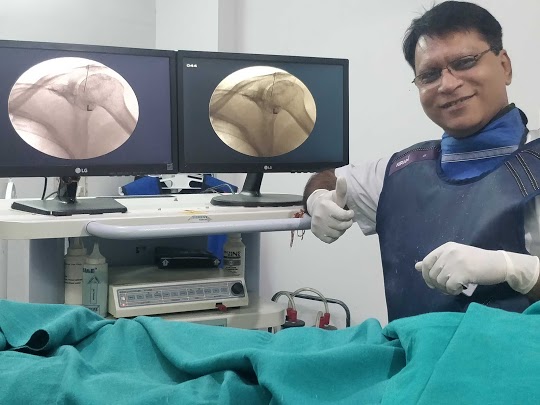





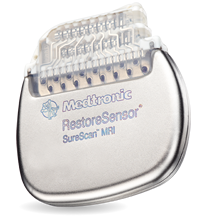







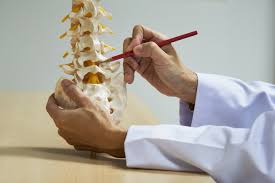
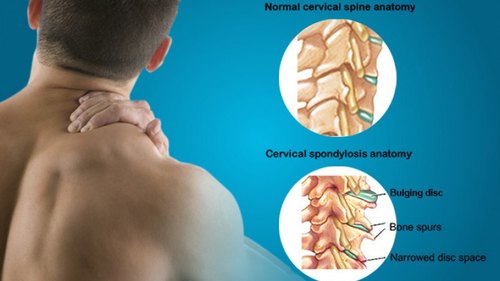
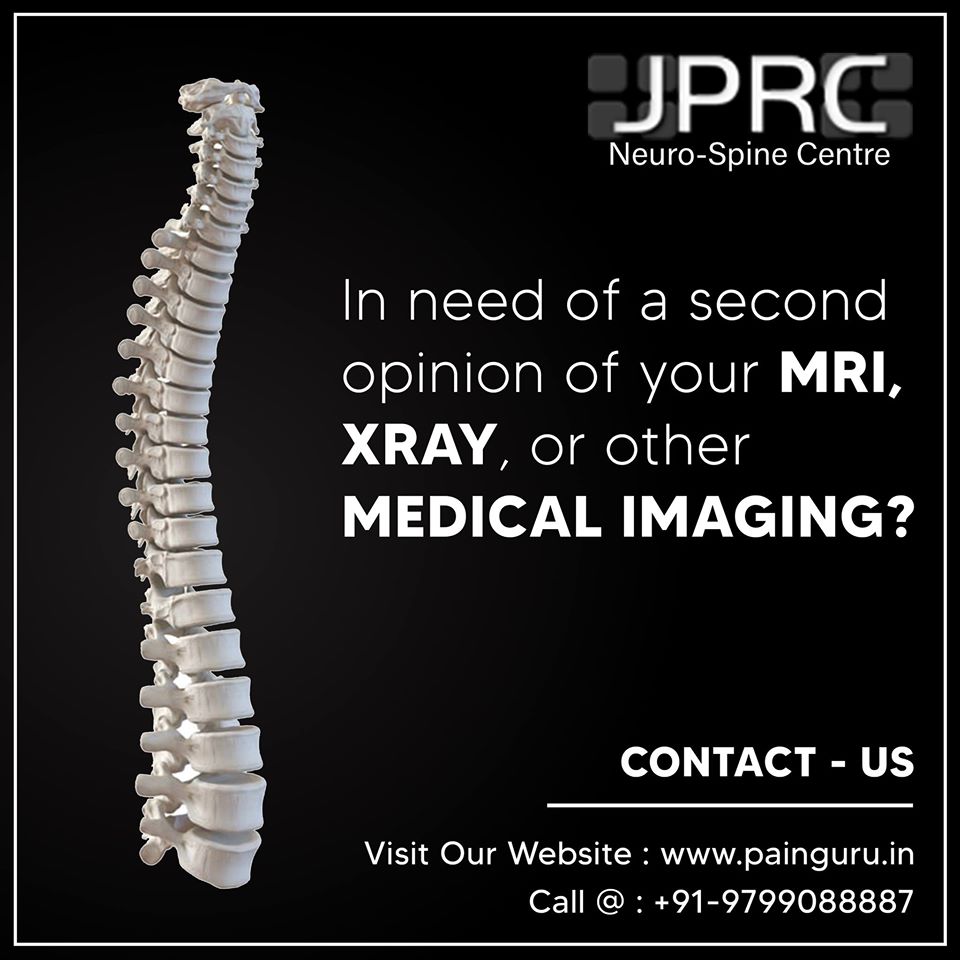










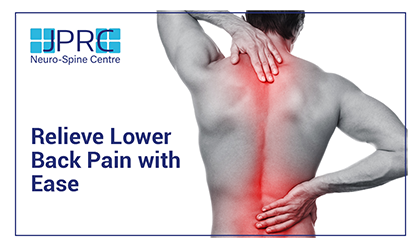





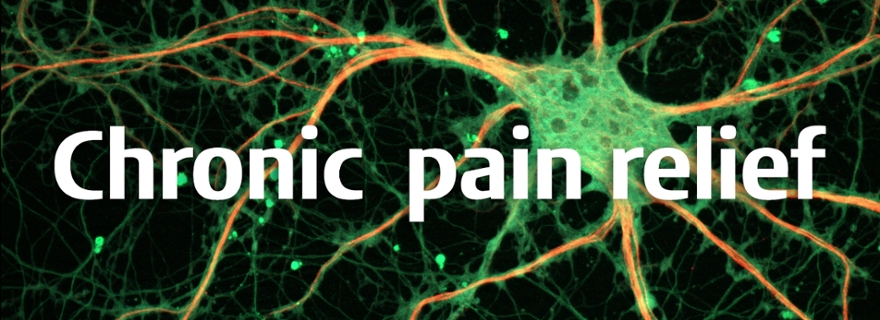


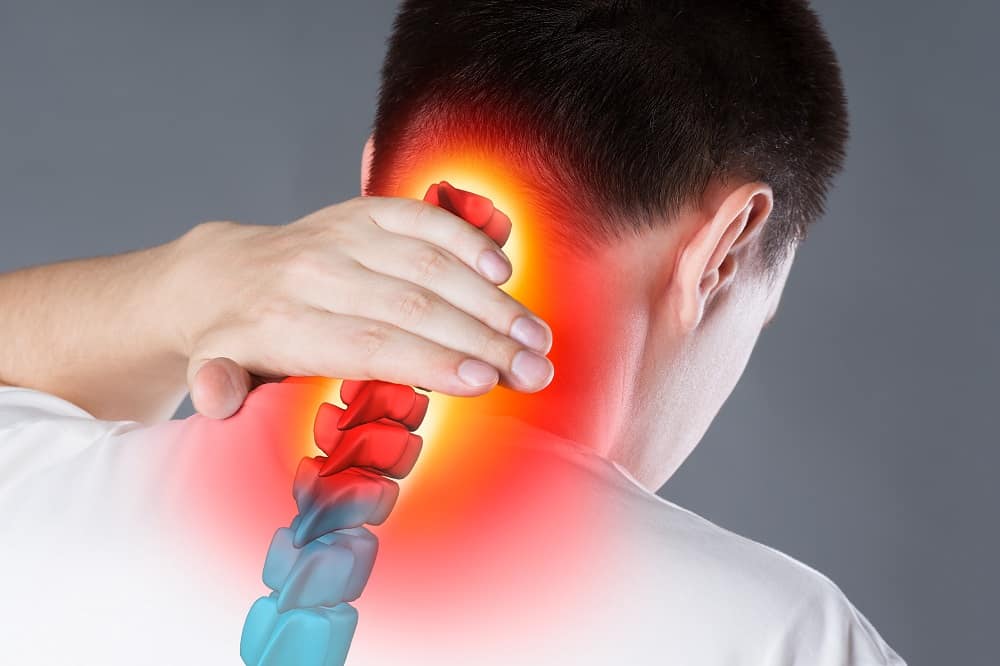
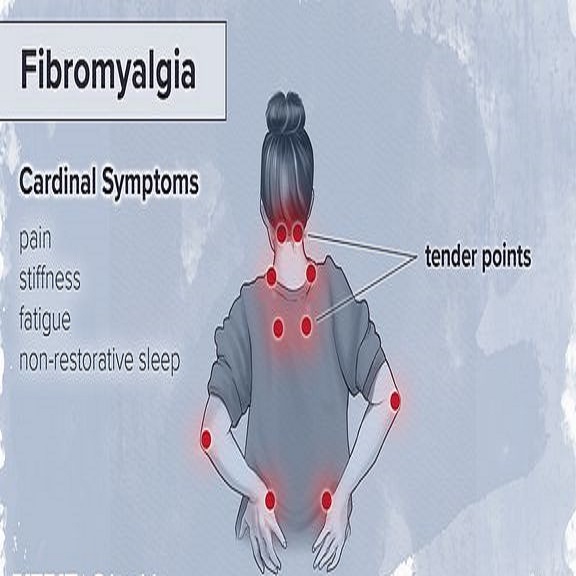
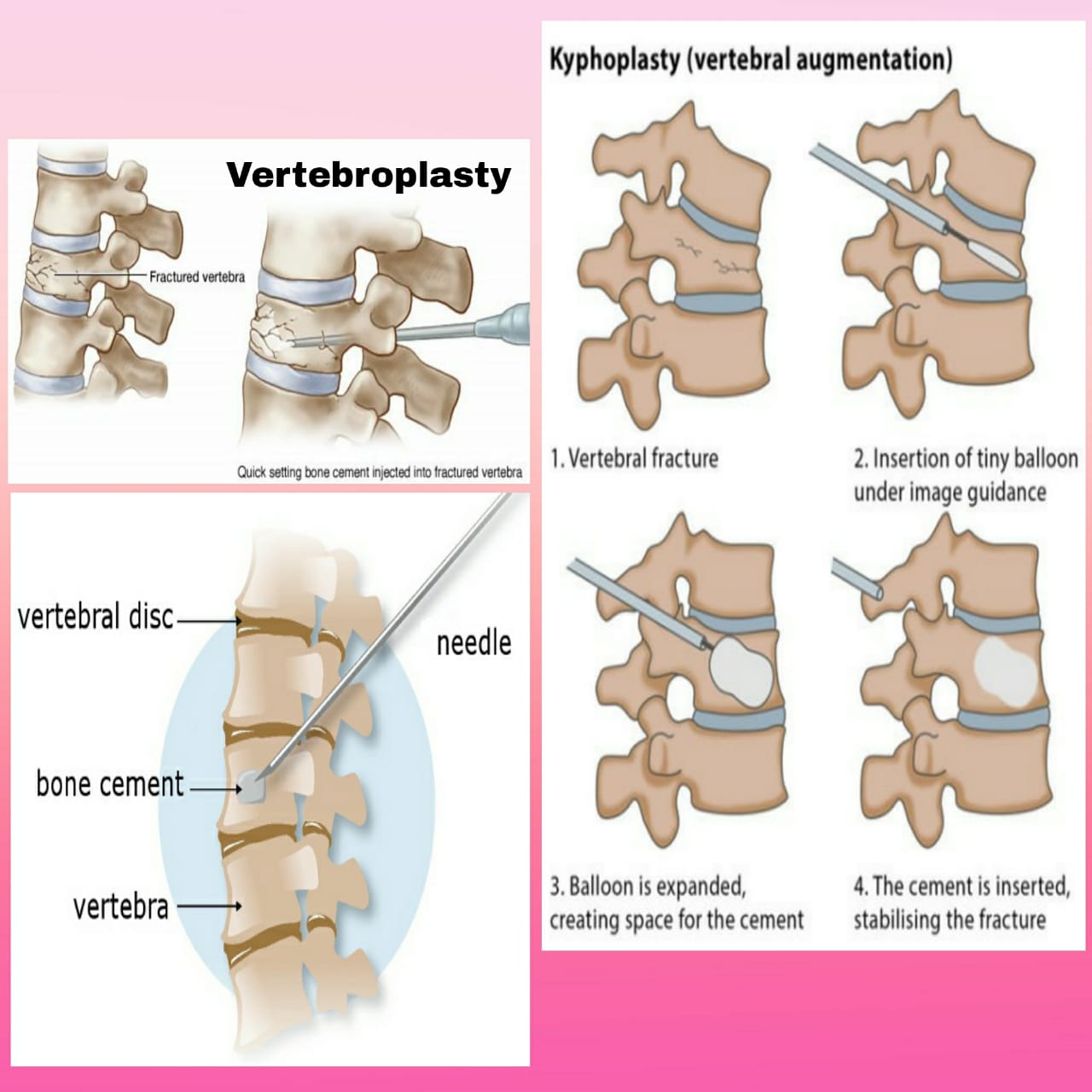






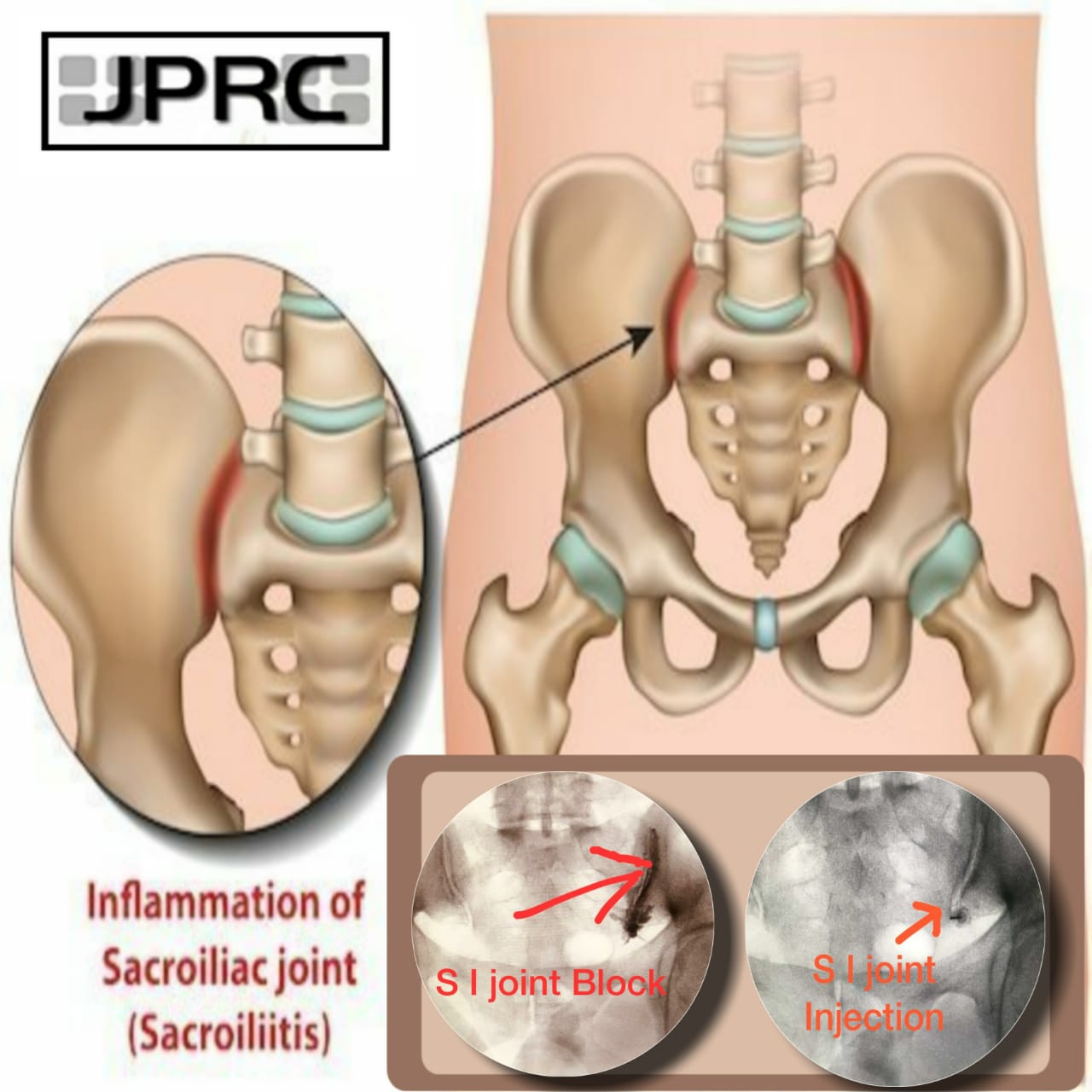





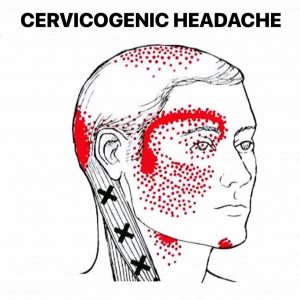




.jpg)








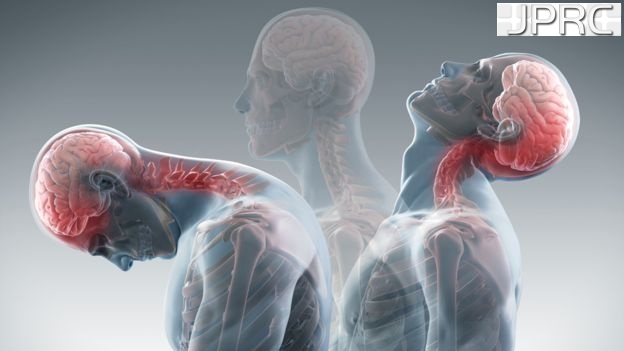


_Injection_Description_in_Hindi.jpg)









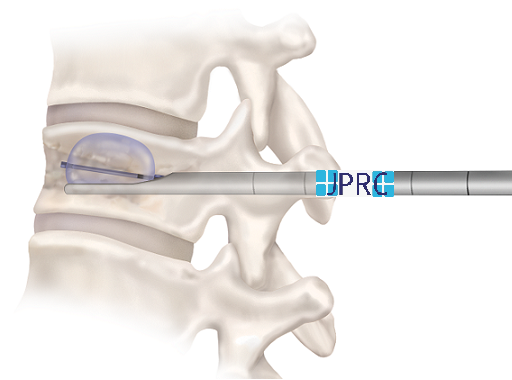
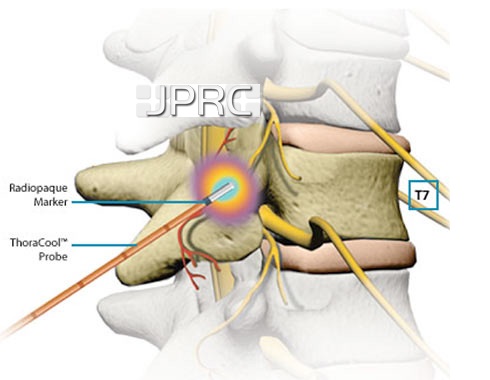



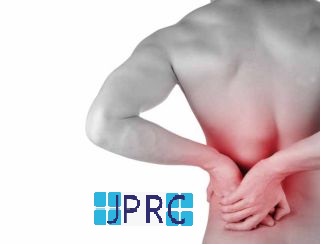

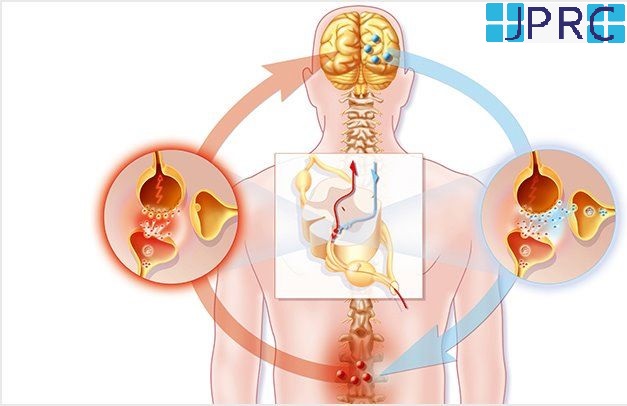


.jpg)


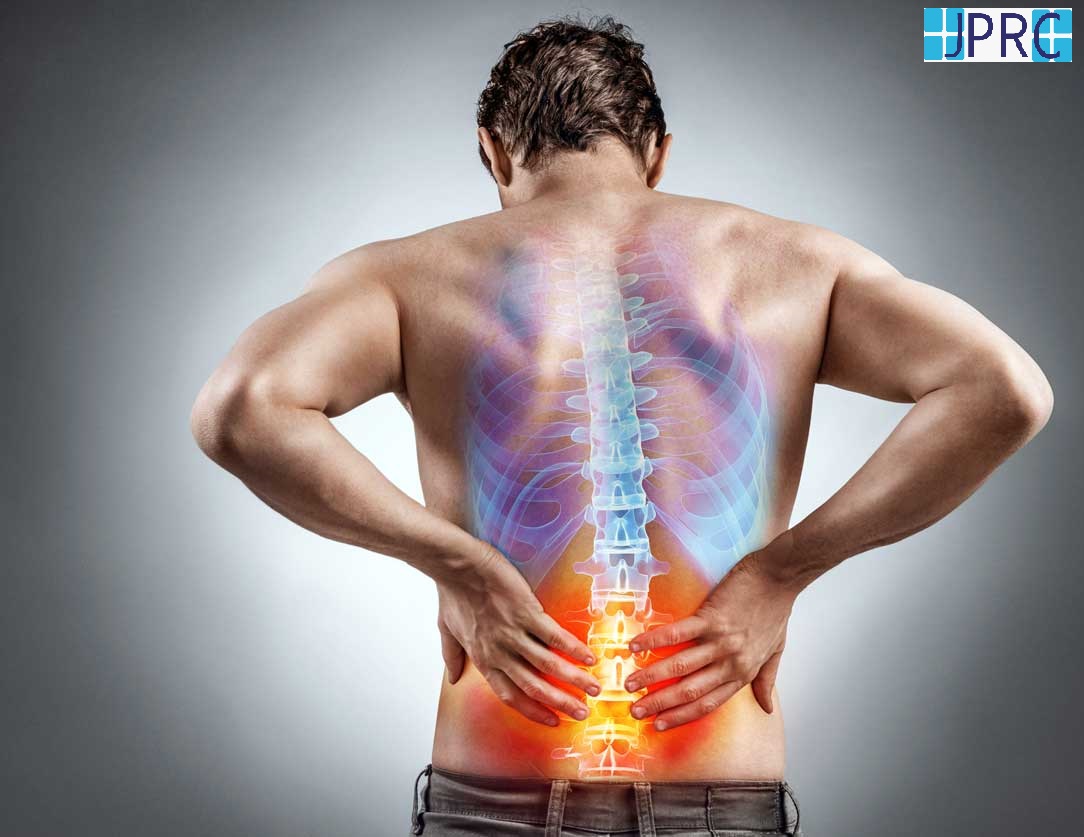







.jpg)
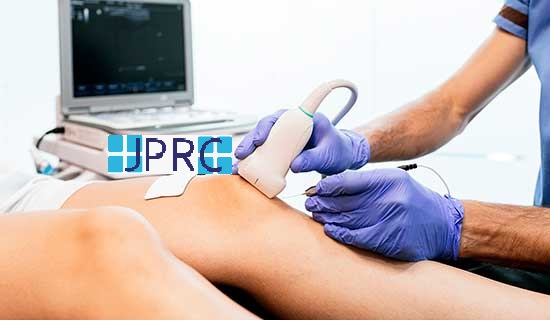

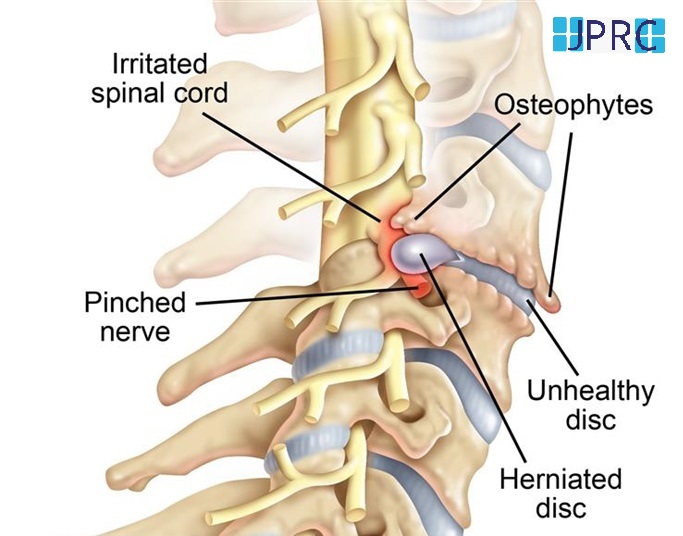

.jpg)
.jpg)
.jpg)




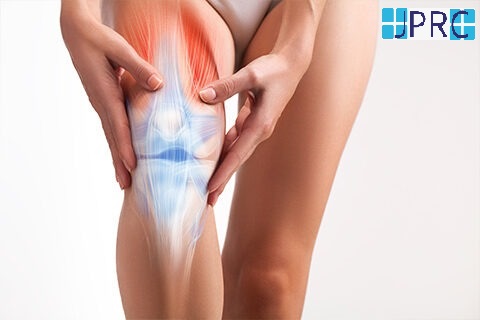


.jpg)
.jpg)
.jpg)
.jpg)
.jpg)
.jpg)
.jpg)
.jpg)
.jpg)
.jpg)
.jpg)
.jpg)
.jpg)
.jpg)
.jpg)
.jpg)
.jpg)
.jpg)
.jpg)
.jpg)
.jpg)
.jpg)



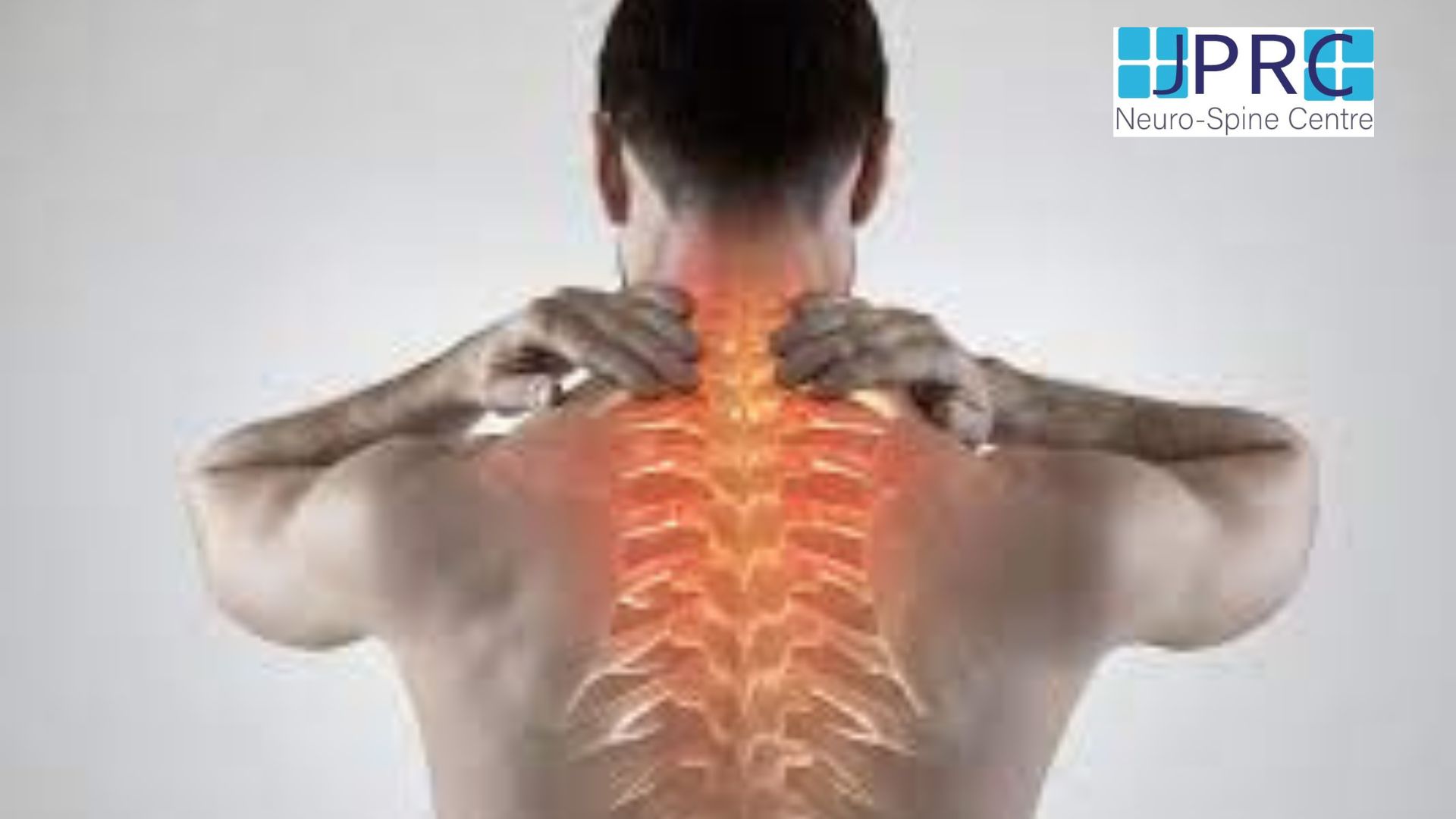




1.jpg)
1.jpg)
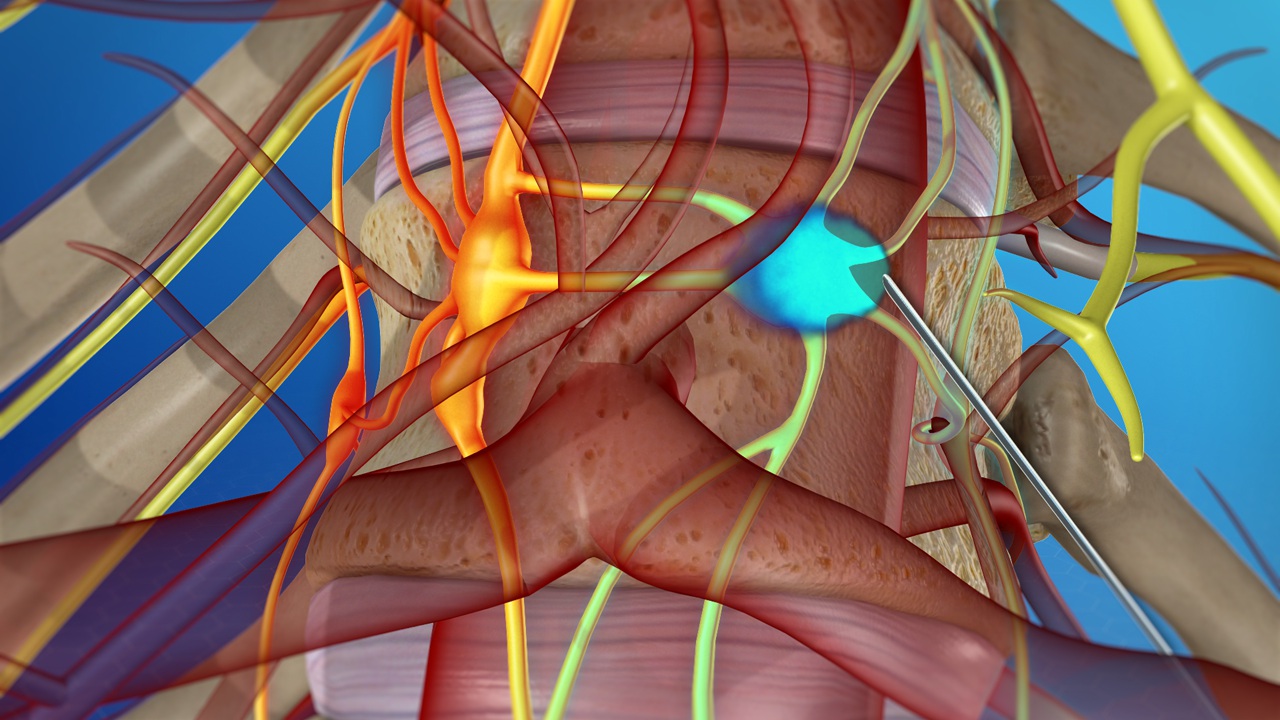
1.jpg)
1.jpg)
1.jpg)
1.jpg)
1.jpg)










2.jpg)
3.jpg)

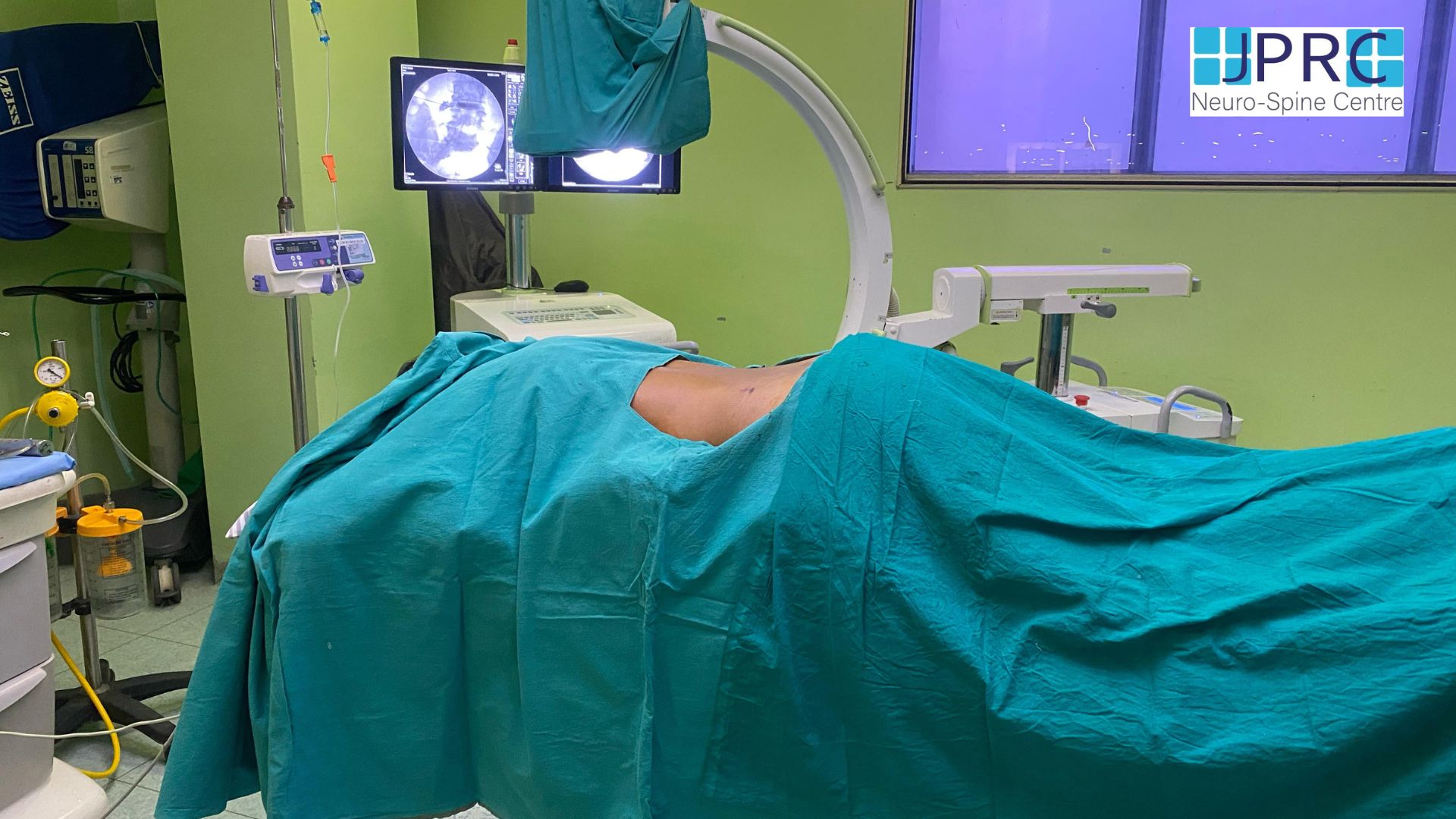
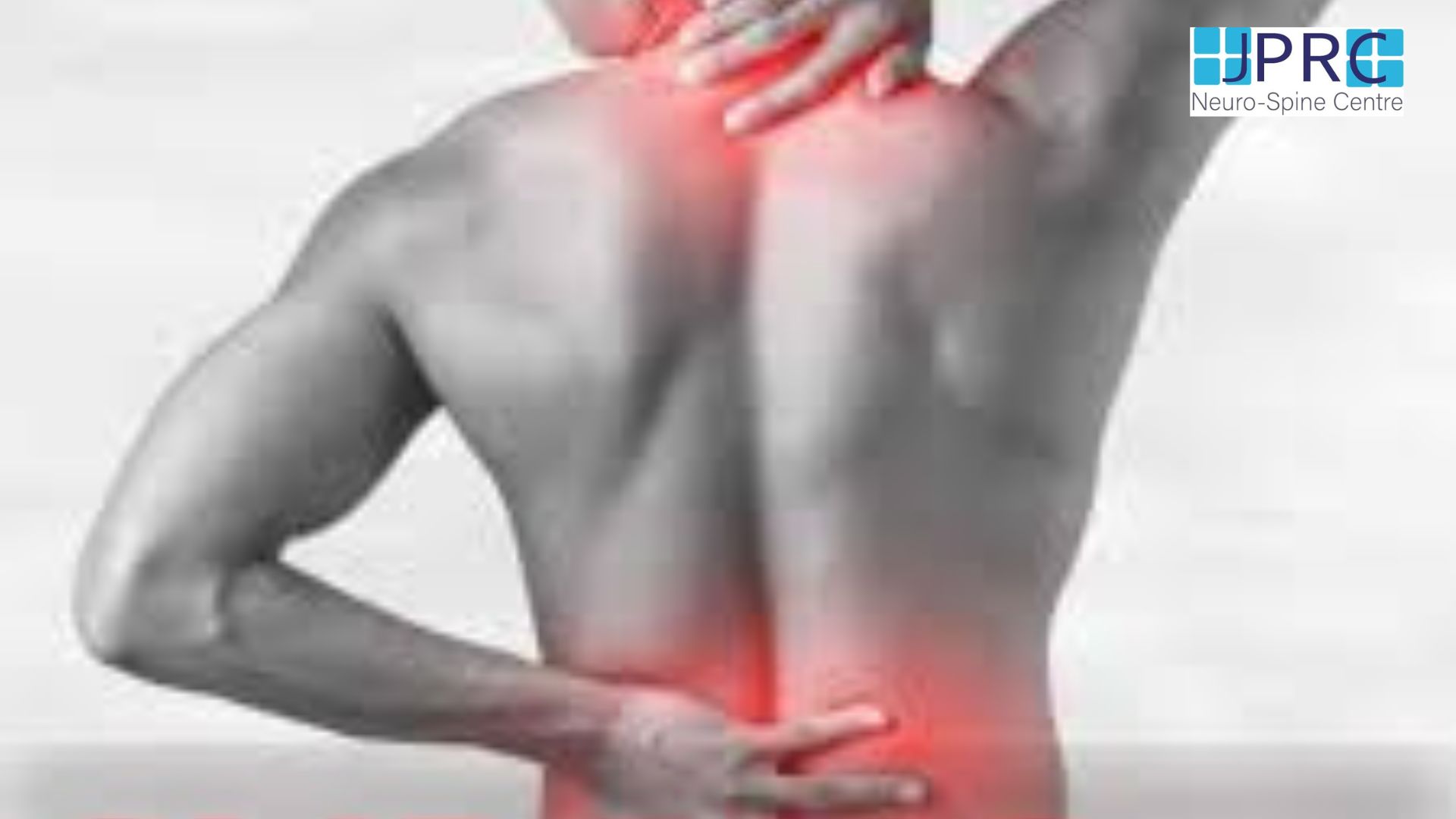
4.jpg)
1.jpg)
2.jpg)

5.jpg)
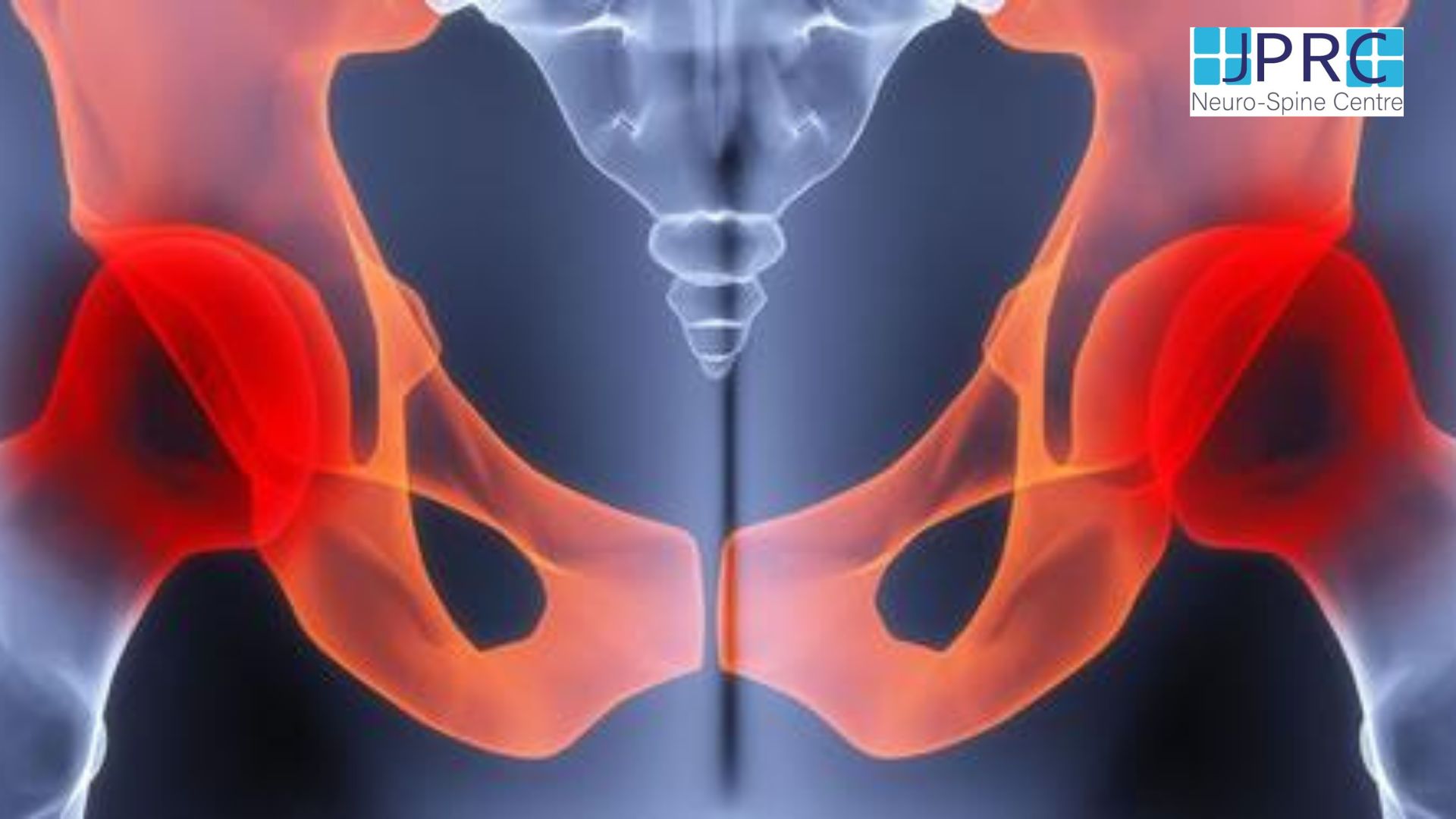
6.jpg)
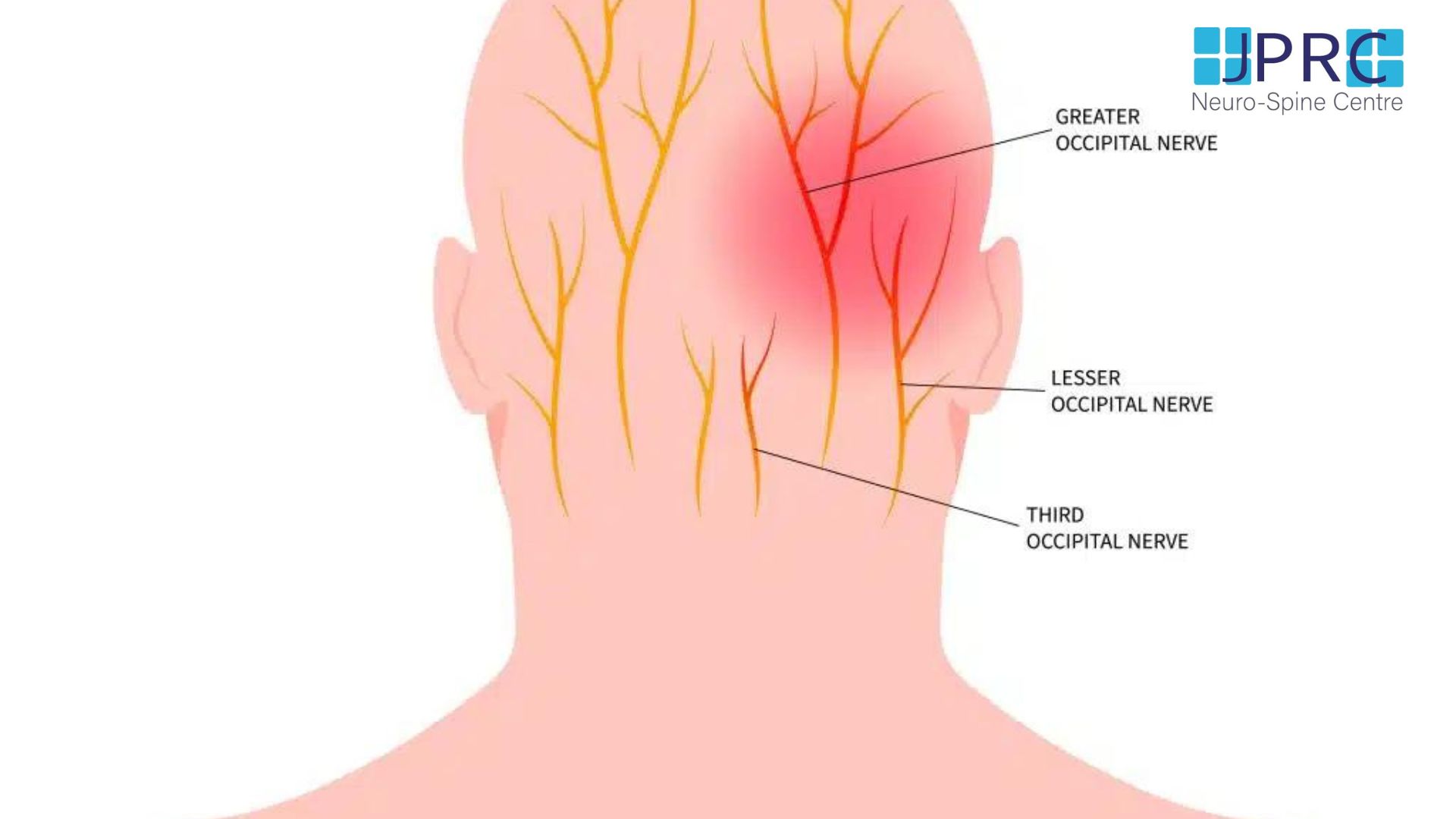


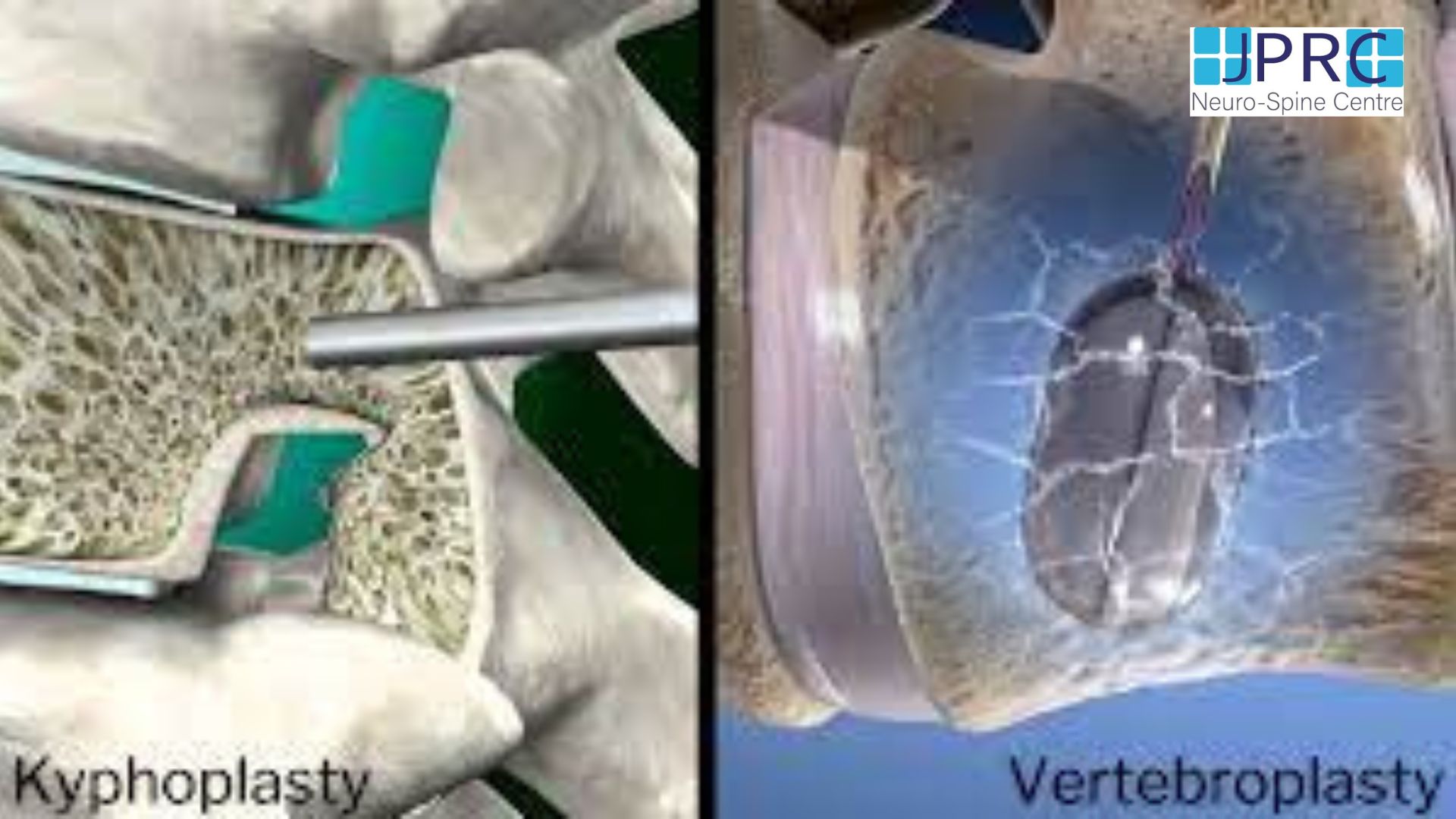
7.jpg)
2.jpg)

8.jpg)

9.jpg)
3.jpg)

10.jpg)

11.jpg)


12.jpg)
4.jpg)


























